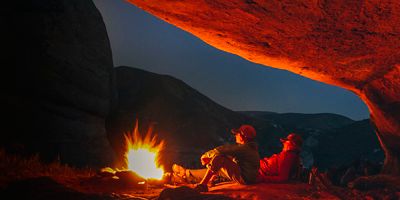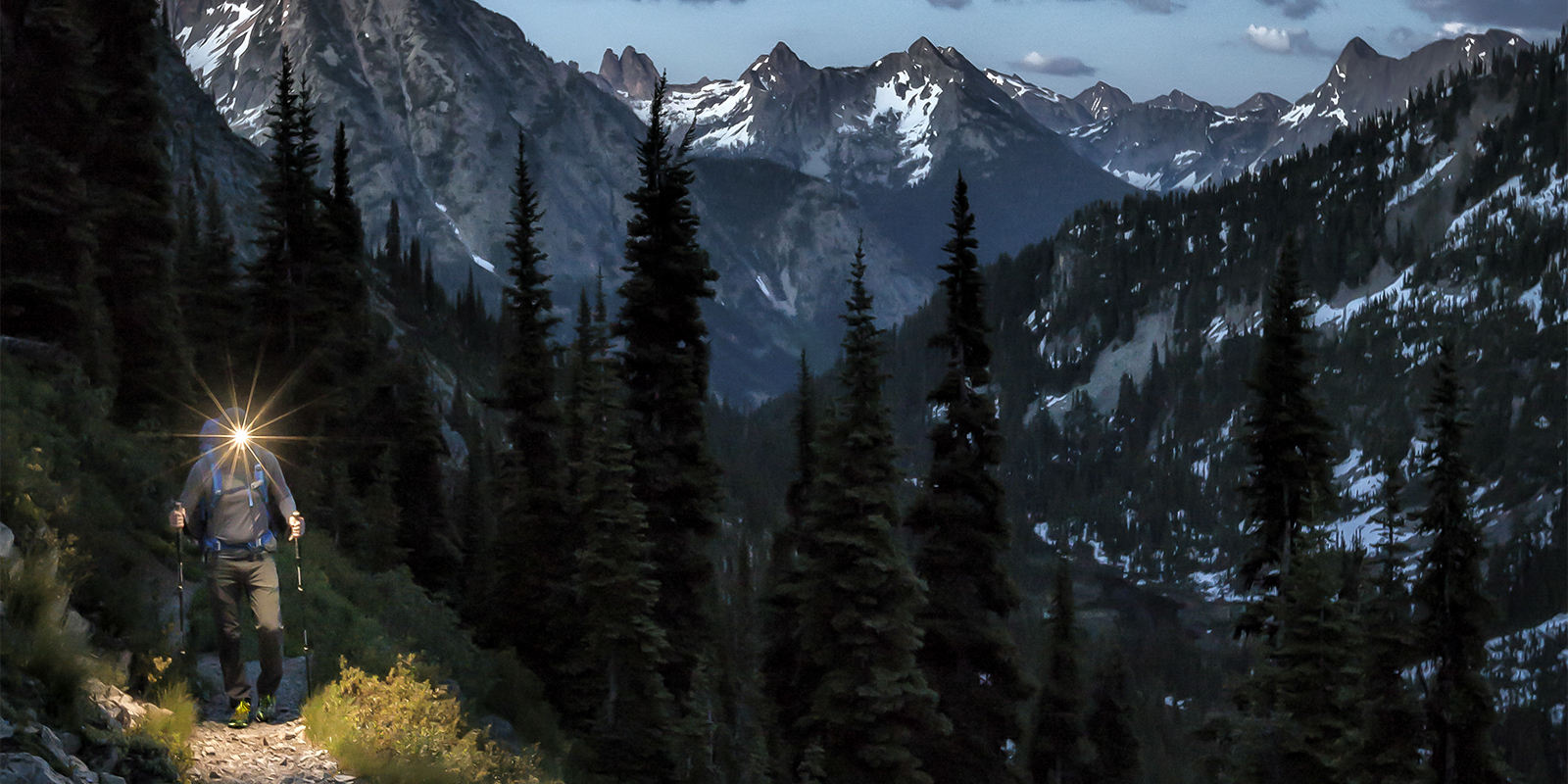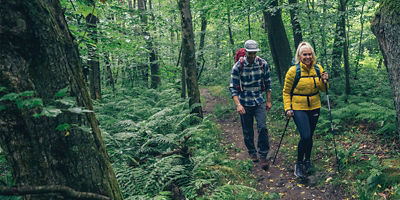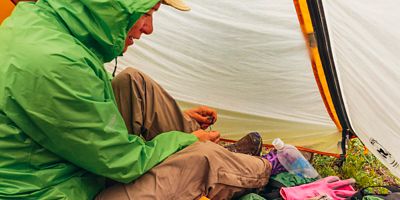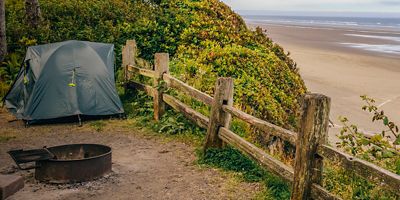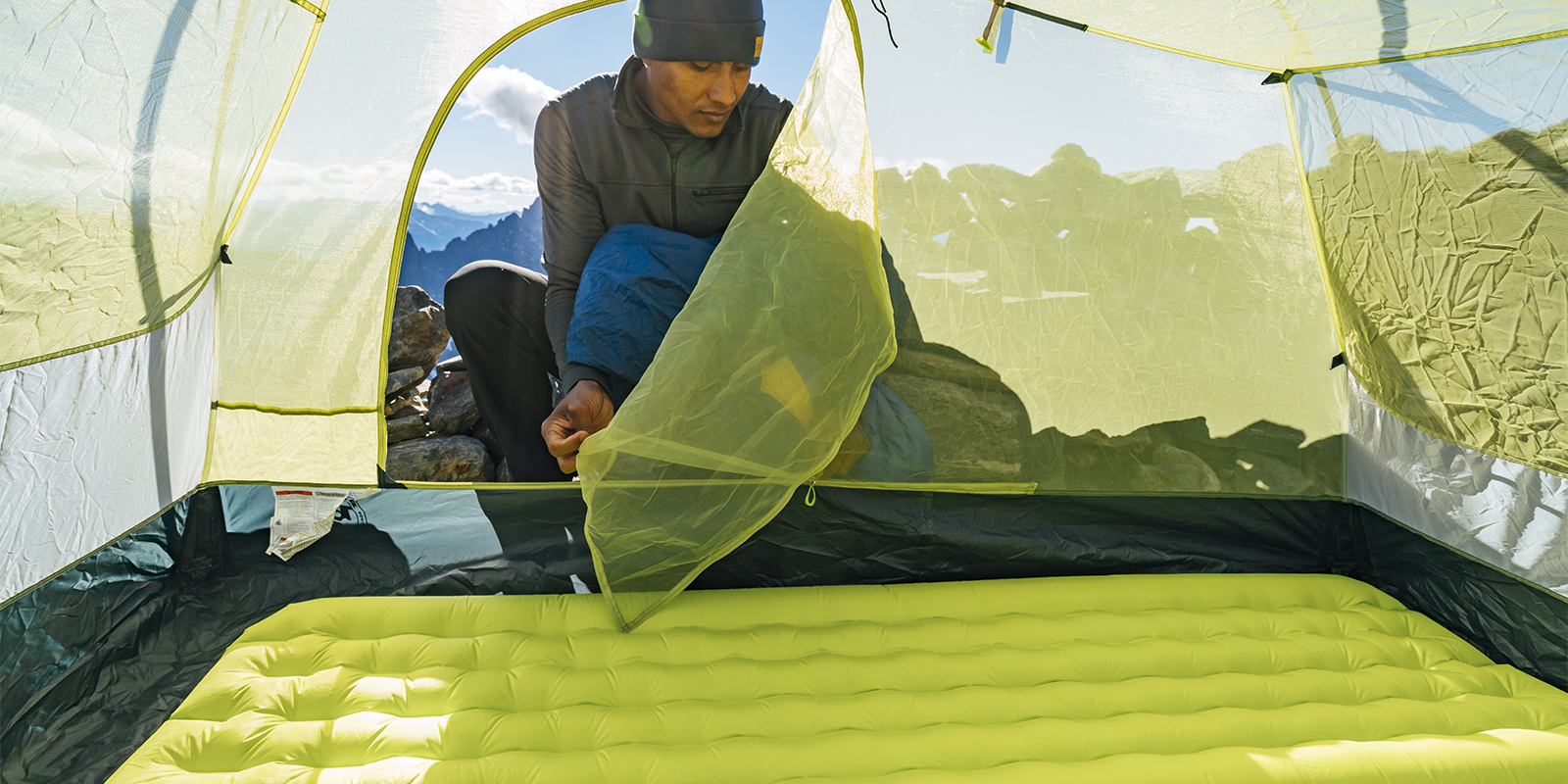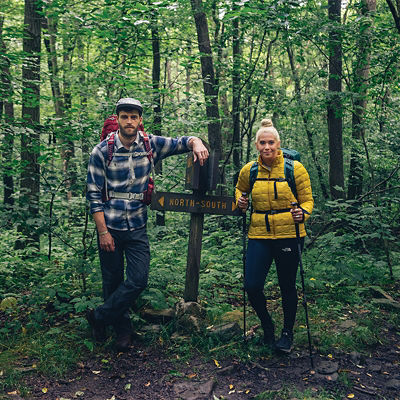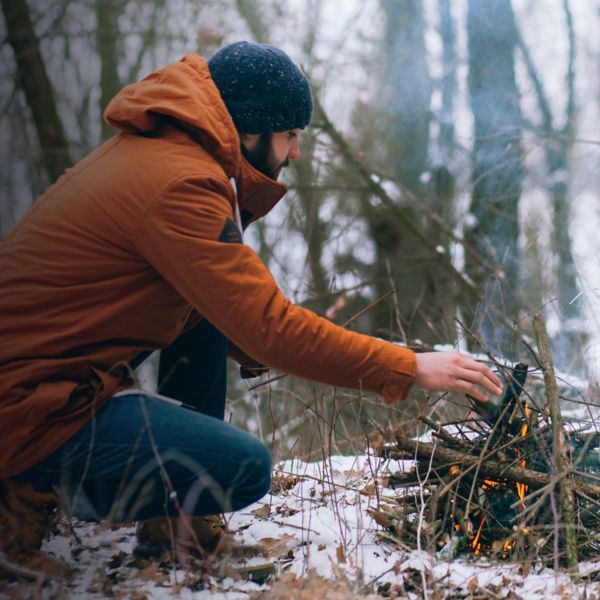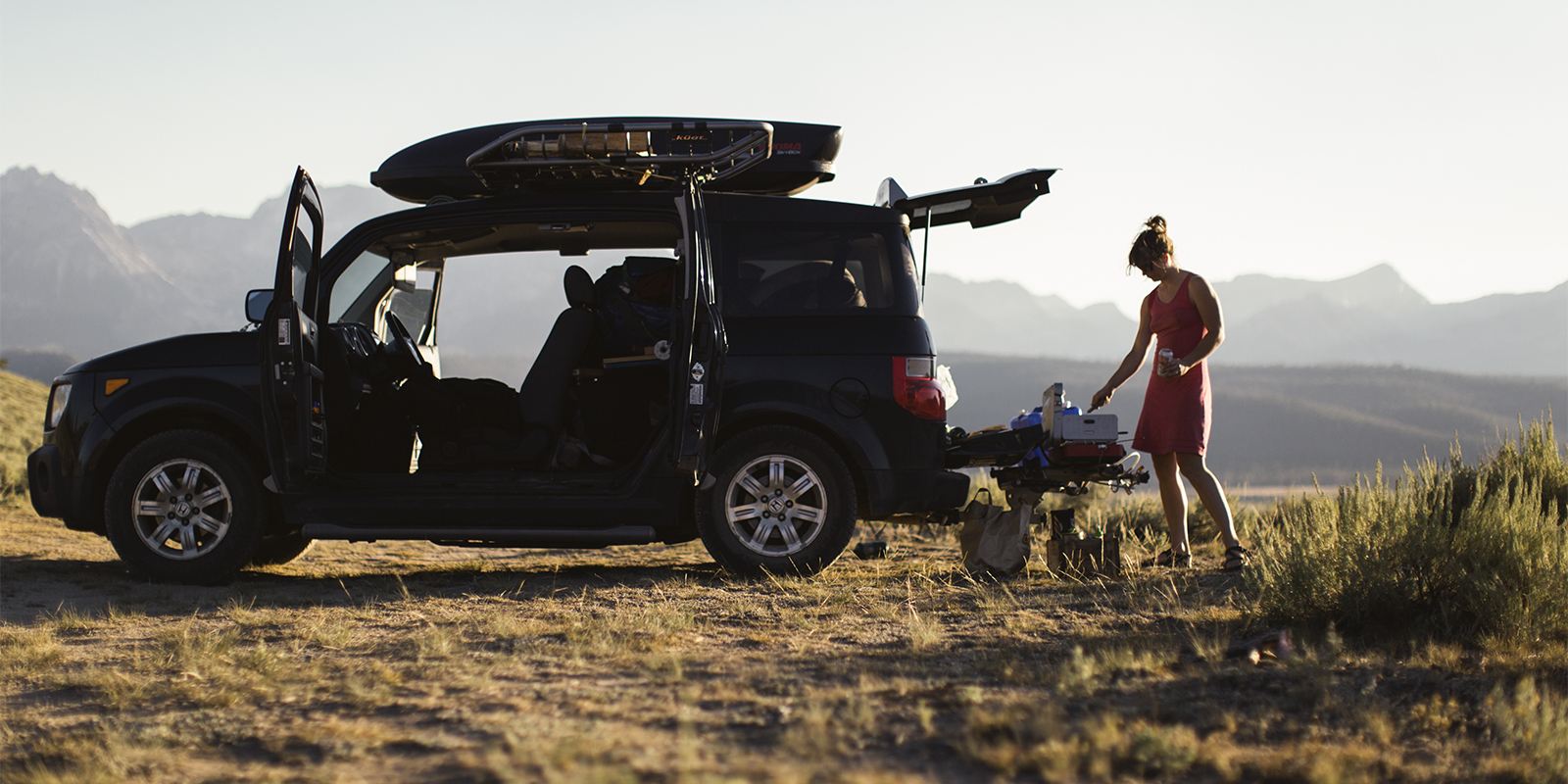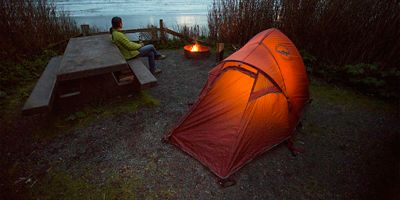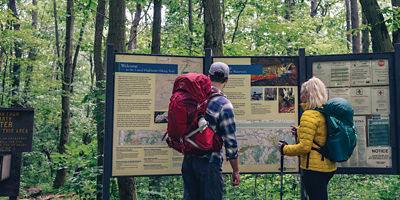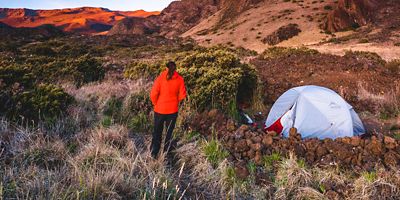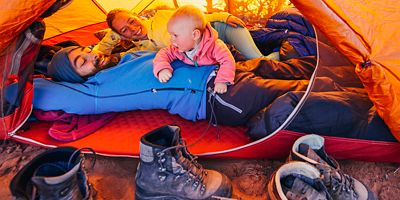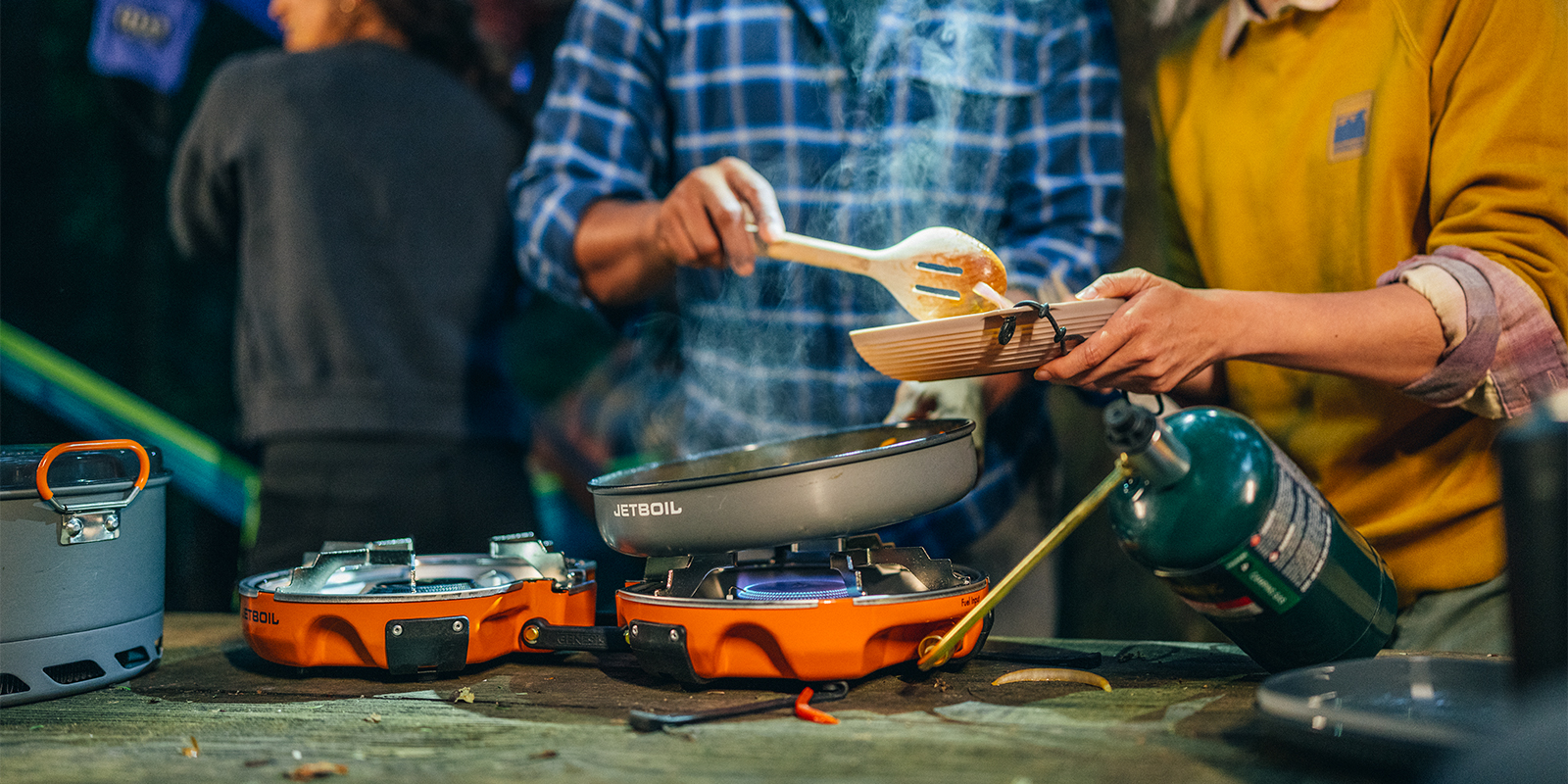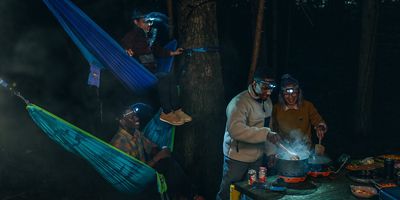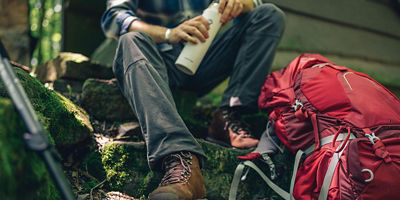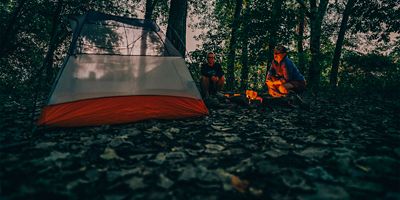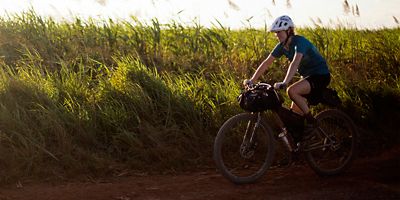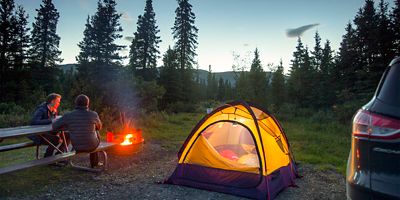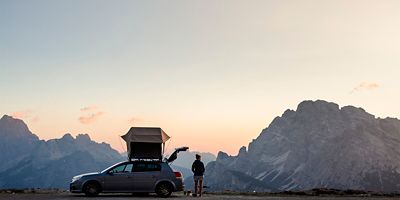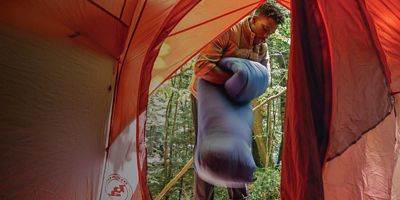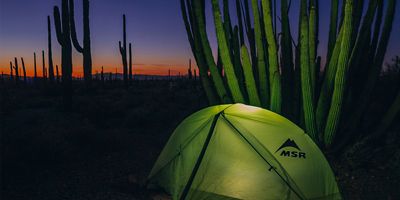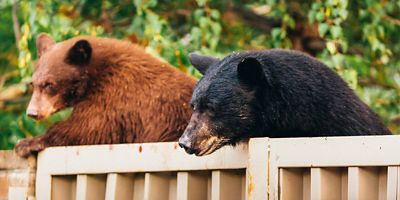
Wildfire outbreaks were once confined to the hot, dry summer months. But that’s no longer the case. As climate change fuels increasingly extreme weather across the planet, we’ve learned that in recent years, there’s no such thing as a consistent North American wildfire season anymore. These days, it’s always fire season. And for many U.S. residents, the wildfires that have started to pop up more frequently in their local outdoor recreation areas are making one contingency clear: It’s quite possible to encounter a wildland fire when you’re out running, hiking, or camping (especially when 84% of wildfires are started by humans, who are inherently unpredictable). So, how can you stay safe while enjoying the outdoors? Here are the top tips for how to prepare, pack, make decisions, and evacuate if need be.
1) Consult Online Resources
Before you head out for a trip, or even a long day in the backcountry, you need to check the weather forecast. Pull one from the National Weather Service and get an idea of air temperatures, wind speeds, and risk of thunderstorms: all of which can increase the risk of wildfire. Then check the Fire Potential Outlook, which gauges how likely fires are up to four months out. Plus, take a look at InciWeb, where you’ll see the wildland fires that are currently burning, how big they are, and how contained they are. If, after checking those resources, you feel good about your trip, make sure to tell a trusted person where you’re going and when you’ll be back. And don’t forget to check for local burn bans and campfire regulations, either; you don’t want to be responsible for starting a wildfire yourself.
2) Pack Smart
While it’s always important to bring safety gear on any outdoor adventure, there are a few items that are especially important when it comes to wildfires. First, you’ll want some type of personal locator beacon or two-way messaging device that works without a cell signal. This can be a critical tool for letting rescuers know your location, or for gathering current information from someone who has access to a phone or computer. Second, throw an N95 mask in your pack. As we’ve learned, these masks are good at blocking outside particulates, and helping to protect your lungs from smoke. Third, it’s not a bad idea to wear hiking boots with thick soles that can withstand hot terrain without melting (like the ones wildland firefighters wear). Lastly, make sure you have good maps of the area so you can navigate if you need to veer off of your planned course.


